Walk into any part of your daily routine, and you’ll likely find a subscription waiting for you. Music, streaming, cloud storage, gym classes, even your toothbrush, everything seems to come wrapped in a monthly fee. What started as a neat way to pay for magazines or Netflix has quietly transformed into a lifestyle. Subscriptions aren’t just services anymore; they’ve become a business model that touches how we eat, learn, and even sleep.
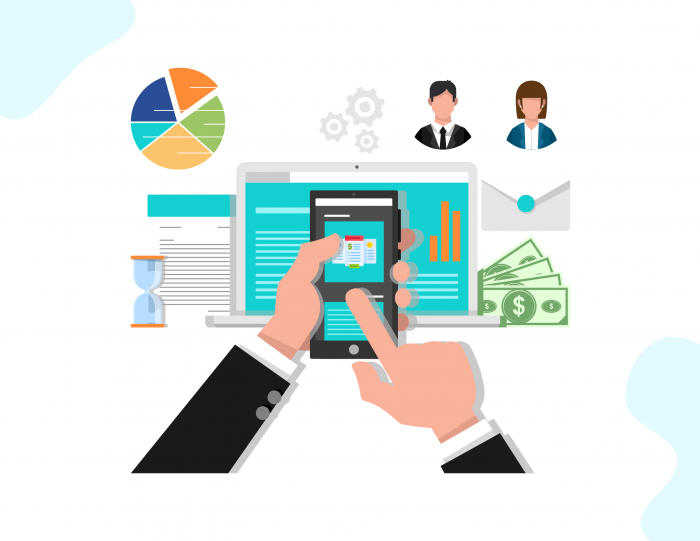
From Luxury to Everyday
Subscriptions were once tied to luxuries, think glossy magazines or cable TV bundles. You chose a couple, and that was it. Fast forward to today, and the model has exploded across industries. Spotify, Netflix, and Amazon Prime were just the beginning. Now, food delivery kits, meditation apps, pet toys, and even high-end clothing rentals operate on subscriptions.
A 2024 McKinsey report found that the subscription e-commerce market alone has grown by more than 100% annually over the past five years. What used to feel optional now shapes entire industries, and consumers often find themselves locked into ecosystems that feel impossible to escape.
Why Businesses Love the Model
For companies, subscriptions mean predictable revenue and loyal customers. Unlike one-time sales, subscriptions create recurring cash flow that makes financial planning easier. It’s why carmakers like Volvo and BMW now experiment with subscription-based access to features from heated seats to advanced driver assistance.
On paper, it’s a win-win: businesses get stability, and customers enjoy flexibility without a big upfront cost. But there’s a catch, these “small” monthly fees add up faster than most people realize.
The Illusion of Affordability
At first, $9.99 feels harmless. After all, it’s less than dinner at a café. But multiply that across music, movies, workouts, news, and cloud storage, and suddenly you’re paying the equivalent of a second rent. According to research by C+R in 2023, the average American household spends around $219 per month on subscription services, often without realizing it.
Psychologists call this the “set and forget” trap. Subscriptions are designed to be painless, automatic billing, free trials, and the subtle comfort of convenience. By the time you remember, you’ve already paid for months of services you barely use.
When Subscriptions Go Too Far
Some industries now push subscriptions where they may not belong. Adobe’s decision to move Photoshop to a monthly subscription in 2013 drew criticism, but it set the standard for software companies. Even tractor manufacturer John Deere has come under fire for locking essential repairs behind subscription-based digital tools, sparking debates over consumer rights.
This shift raises bigger questions: Should basic features or ownership rights be put behind recurring fees? Where’s the line between innovation and exploitation?
The Psychological Hook
Subscriptions also thrive because they tap into psychology. They give us a sense of access and belonging. Think of Peloton’s community-driven fitness model or Xbox Game Pass offering hundreds of titles at your fingertips. The experience feels richer than ownership, it feels endless.
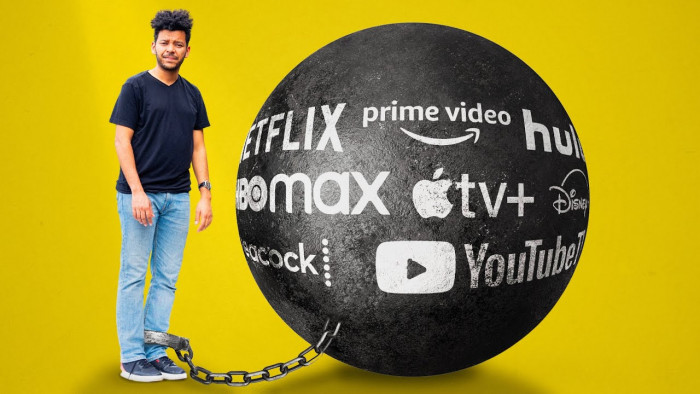
But endless can also be overwhelming. Studies show that choice fatigue sets in quickly, leading people to abandon half the platforms they sign up for. Still, the fear of missing out often keeps users paying “just in case.”
Finding Balance
Subscriptions aren’t inherently bad. Many genuinely improve life access to medical consultations, language learning, or even simple entertainment on a stressful day. The challenge is deciding which ones truly add value.
Practical steps like auditing your monthly charges, setting reminders before renewals, or asking “Would I still pay for this if it doubled in price?” can help filter out what matters. The goal isn’t to cancel everything, but to take back control of choices that companies have so cleverly automated.
Looking Ahead
As industries chase recurring revenue, subscriptions will only spread further. Already, we see early experiments in groceries, electric vehicles, and home appliances. Tomorrow, we may even subscribe to basic utilities in bundled packages.
The real question is whether consumers will accept subscriptions as the default way of life or push back for more transparency and control. One thing is certain: subscriptions are no longer knocking politely at the door. They’ve already moved in.

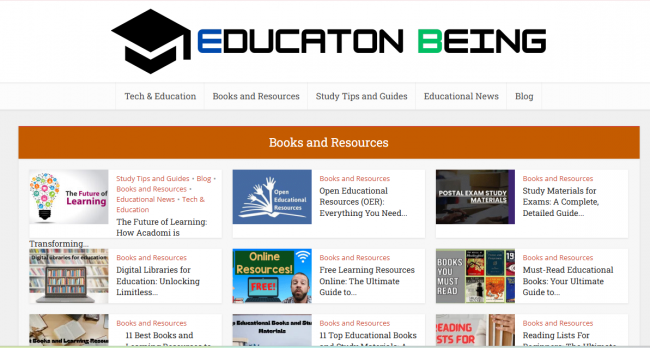
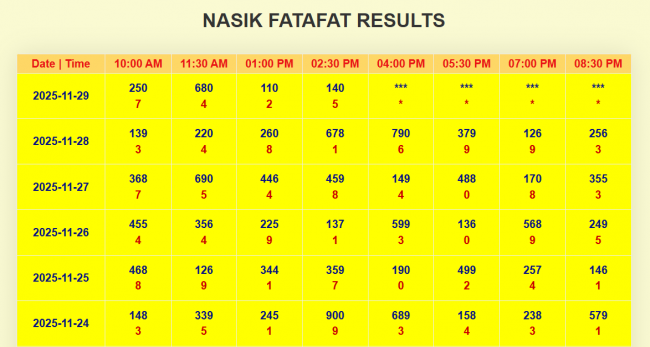
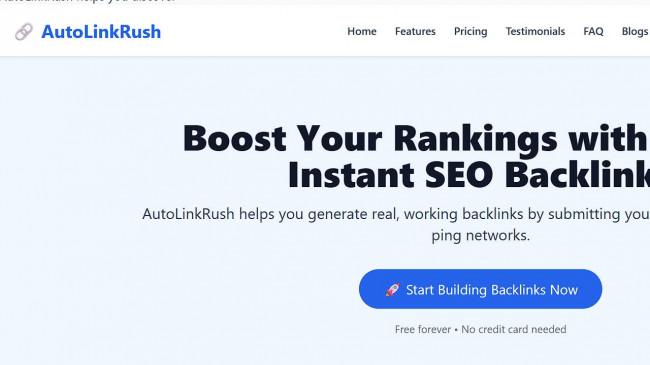
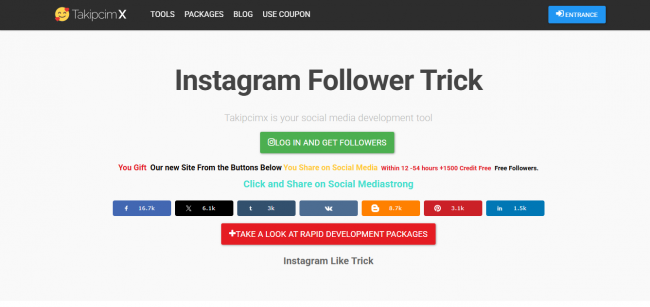
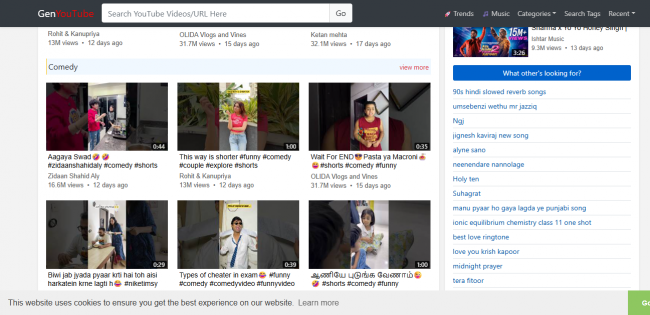
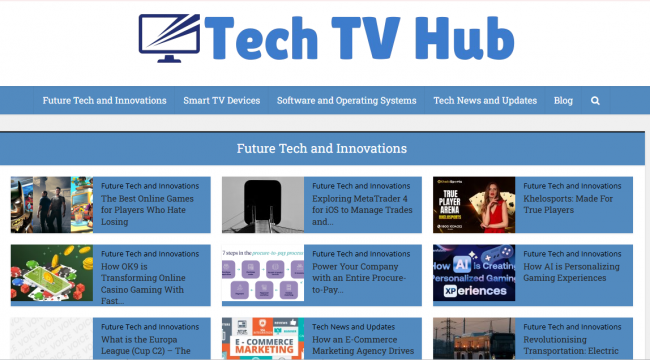
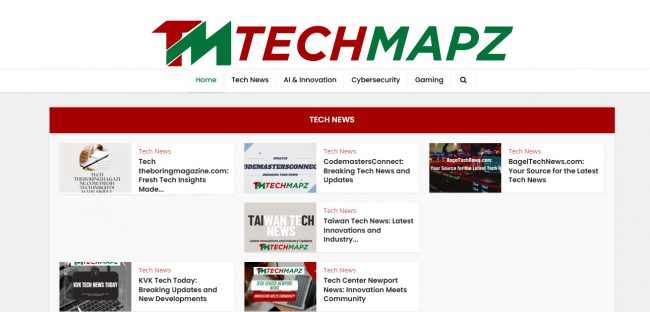
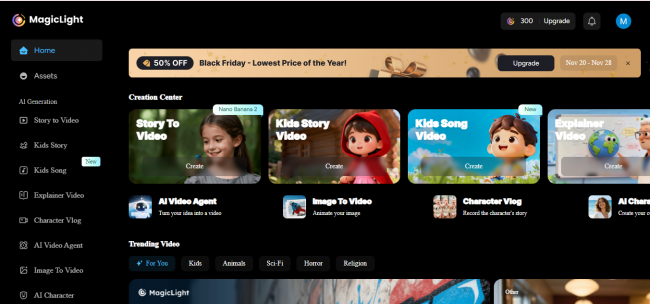
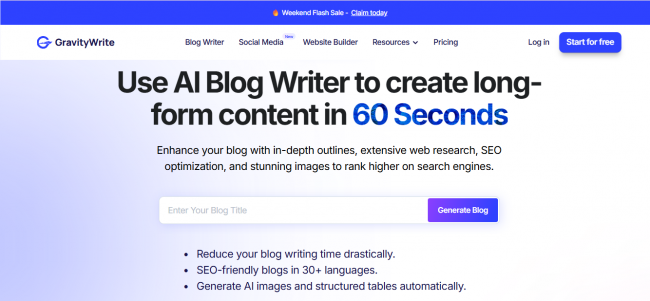
Comments